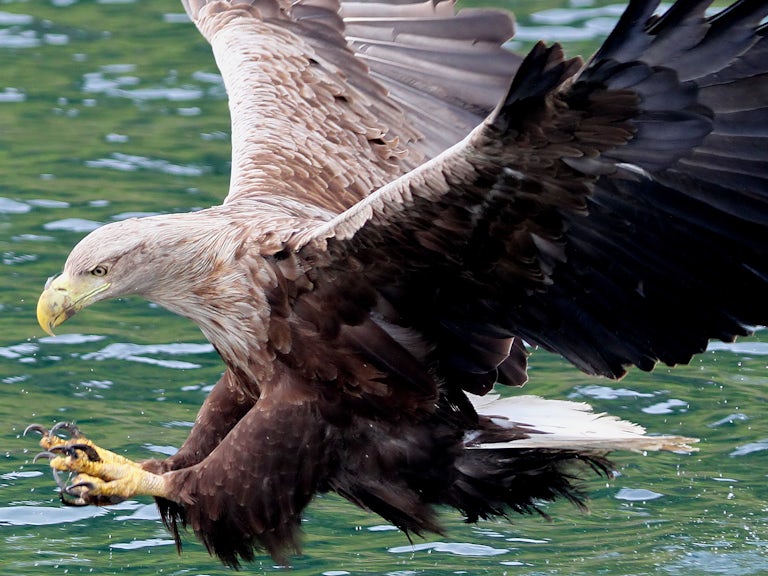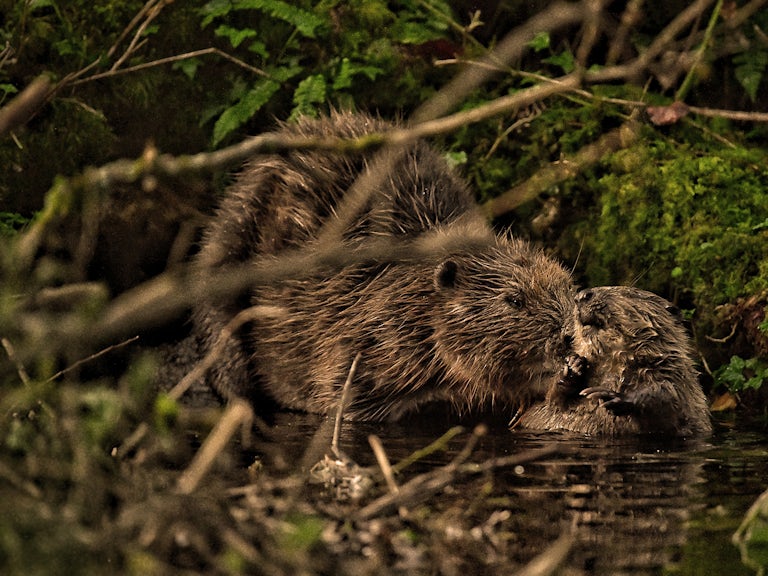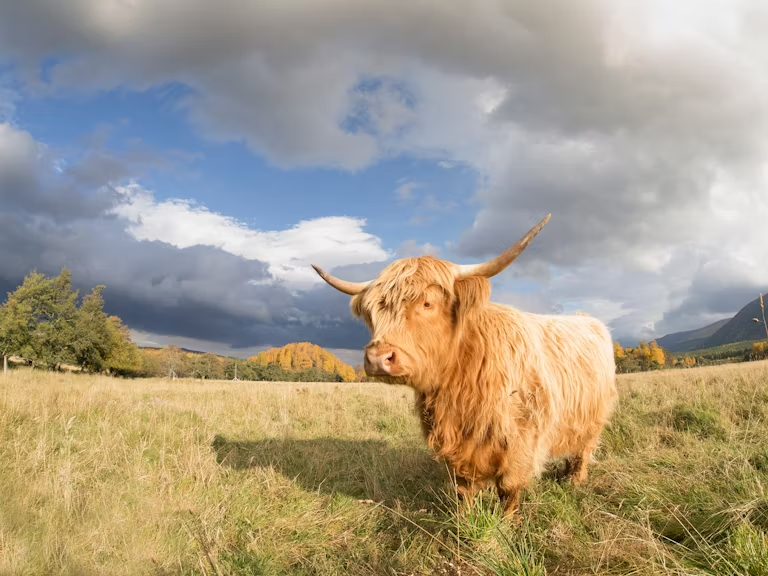Steart Marshes
Somerset’s Steart Marshes are a ‘working wetland’ absorbing carbon, providing flood defence and a wild place for locals to explore.

Nestled on the Somerset coast, Steart Marshes is one of the UK’s largest new wetland reserves. It came into being in 2014 as a habitat creation scheme to compensate for the loss of upper saltmarsh there in the Severn Estuary that was set to increase as a result of rising sea levels and climate breakdown.
The creation of the marshes was a joint project between the Wildfowl & Wetlands Trust and the Environment Agency, and was developed after a period of consultation with the local community which began five years earlier. Given the major changes to the landscape, it was important to win the trust of local people, says Alys Laver, who manages the site for WWT.
Once intensively managed farmland, the area is still farmed with livestock by local graziers whose ‘saltmarsh’ lamb and beef can be sold at a premium thanks to its rich flavour. But the place now does so much more to help people and wildlife alike.
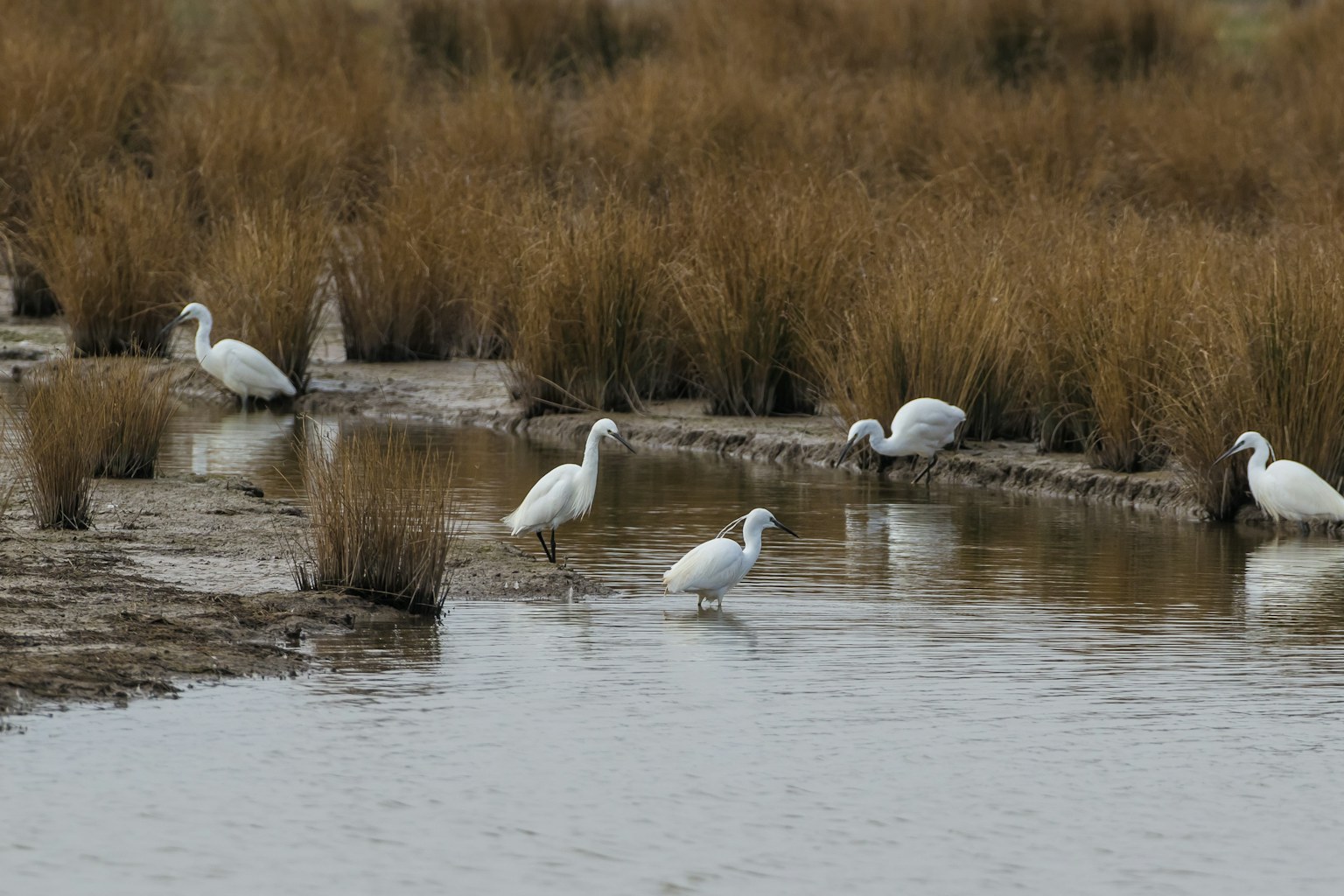
Clear ecological payback
Today the marshes are home to a vast array of wildlife such as otters, egrets, owls, waders and wildfowl, and regular monitoring shows that it’s now a richer, more diverse habitat. Rare salt-tolerant plants have established themselves in the tidal area that runs across the marshes, which also shelters fish fry for species such as sea bass and eels.
Surveys there have also proven how effective the marshes are in storing carbon. A team from Manchester Metropolitan University, studying sediments in the marsh, have calculated that they sequester 19 tonnes of carbon per hectare per year.
“A saltmarsh is one of the best places to store carbon,” says Alys. “One restored coastal saltmarsh in the UK will store more carbon in four years than just over a million new trees in 10 years.”
That’s why WWT is lobbying to get saltmarshes included in the carbon market, just as peatlands and woodlands are. If this happens, a newly created saltmarsh like Steart Marshes could be worth around £150,000 to £250,000 per year.
This illustrates how such a scheme, which cost £20.7 million to develop – of which £7 million was spent on land acquisition – could generate significant money back over time. Currently, the marshes rely on the government’s Higher Level Stewardship and Basic Payment Scheme, grazing income from farmers, donations from visitors, and activities such as tours and events.
Alys says that the goal of Steart Marshes is not necessarily to make a profit, but to break even to demonstrate a sustainable model – and it is managing to do this.
Before it converted to wetland, Steart had two or three people working the land. Now Steart Marshes employs six full-time staff and has 60 volunteers helping out. Alys says that visitors to the marsh rose by 40% during Covid times, with the people visiting to walk, run and cycle. “It’s an amazing, free amenity for the local community,” she says.
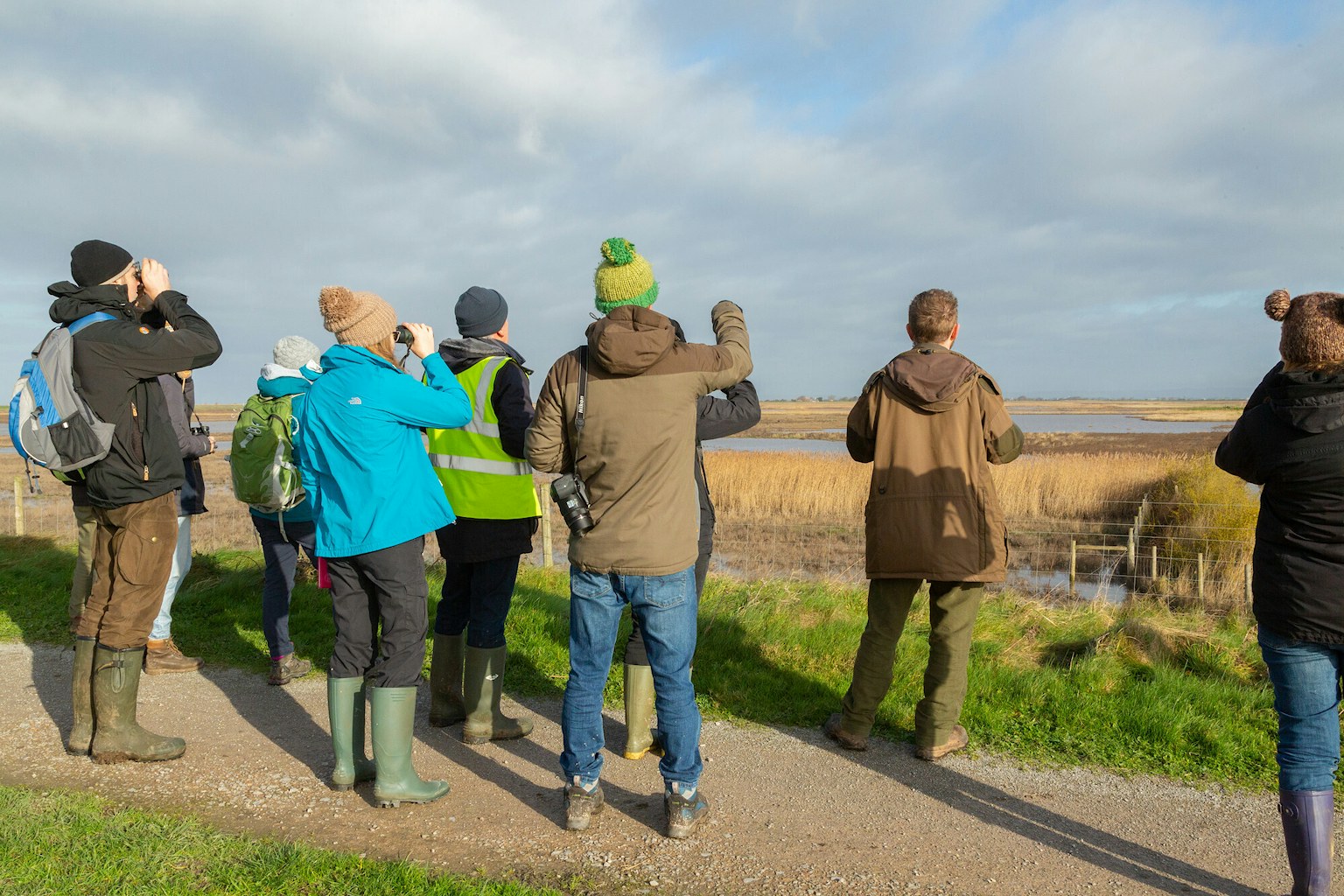
Boosting wellbeing
One real boon of the project is how much Steart Marshes has helped improve the health and wellbeing of many in the community by allowing them to connect with nature.
A new wellbeing officer – funded through a grant from the government’s Green Recovery Challenge Fund in the wake of Covid lockdowns – is working to help people with health and wellbeing needs access activities at the marshes, as well as furthering research into understanding the benefits wetlands provide for people’s mental health.
They’re now developing a Blue Prescribing Project offering facilitated wetland nature engagement that healthcare professionals can ‘prescribe’ to patients.
“I’ve been blown away at what it can achieve,” says Alys.
Asked for her advice on establishing and running a major rewilding project like Steart Marshes, Alys offers three main thoughts.
Firstly, be honest and transparent with the local community. “Do not undervalue the power of communication. We still meet up quarterly with our stakeholders, and that is important – because if they are not on side, it becomes very hard.”
Secondly, don’t rush things and allow nature to take its course: “Just be patient.“
Thirdly, she says, “Go for habitat over species. Conservation used to be really species driven…but if you manage the habitat, all the right species will come.”
Read more about Steart Marshes and other rewilding projects on the Rewilding Network map.
Page published March 2022
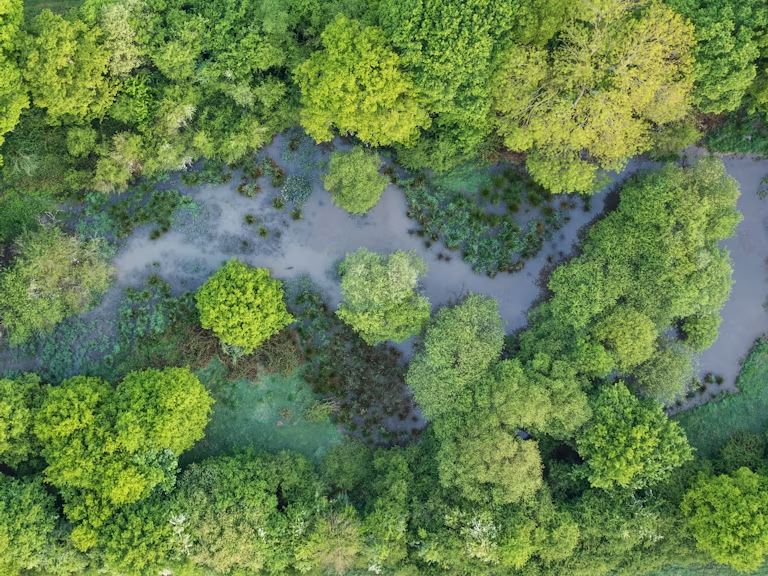
Explore our Rewilding Manifesto
We need UK Government to Think Big and Act Wild for nature, people and planet.
Learn more
Our vision
We have big ambitions. Find out what we’ve set out to achieve through rewilding.
Our 2025-2030 strategy

